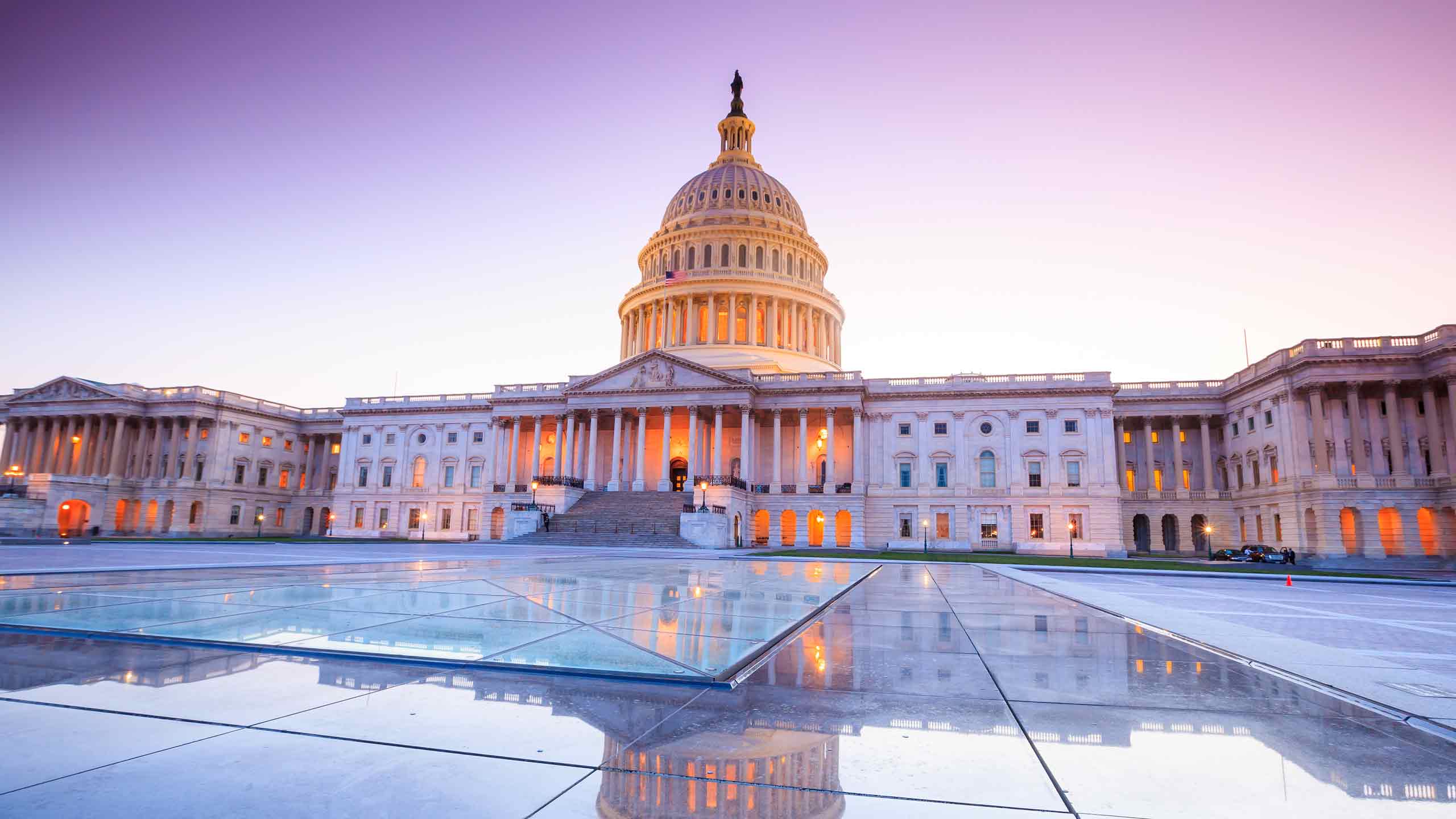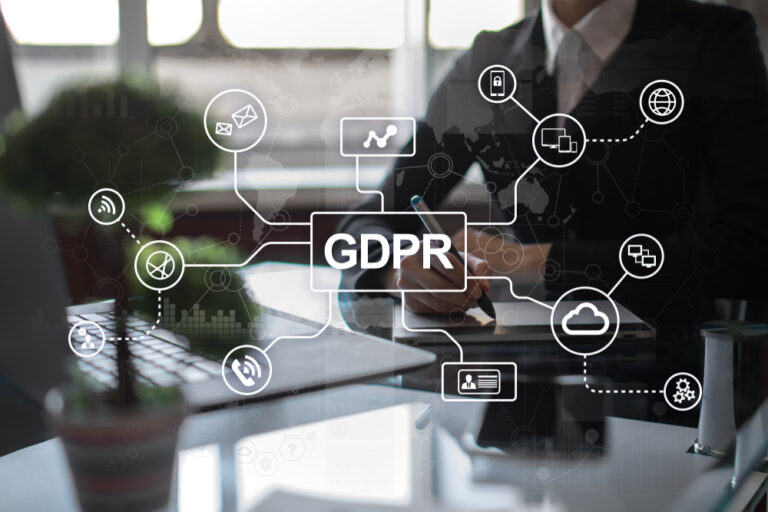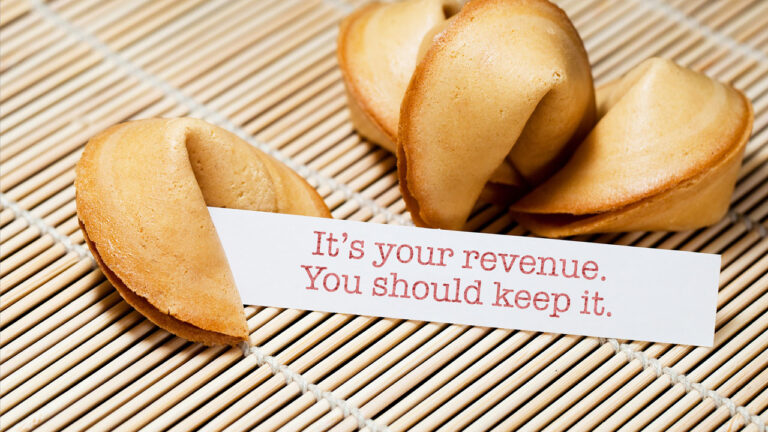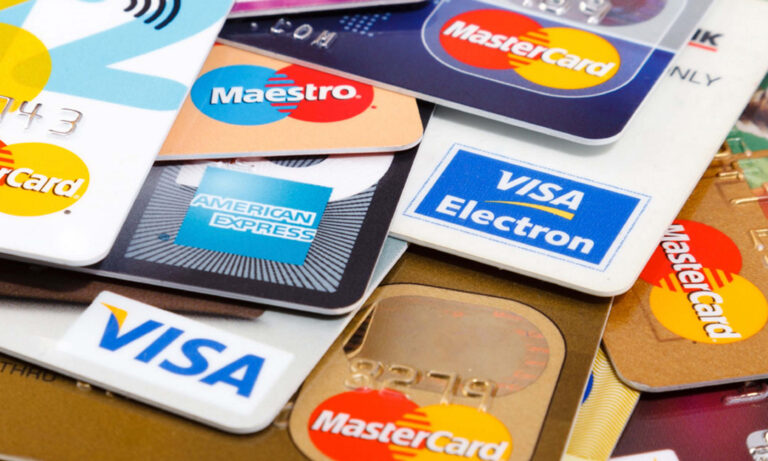How the US Congress Created Chargebacks

Credit cards have come a long way, from an exclusive pool of users in the mid 20th century to the cornerstone of eCommerce they now hold. Before they broke out as they did, consumers needed a nudge to trust that credit cards could be used to spend their money. What if that little piece of plastic was lost or stolen? Once it was used, what was stopping a dishonest merchant from using it again without permission? None of the questions had reliable answers until 1974, when the US Congress passed the Fair Credit Billing Act (FCBA), and in doing so created the chargeback that we know and dread today.
It’s hard to imagine a time when Congress could inspire trust and confidence in anything, but the FCBA did just that for credit cards. It laid out the framework of consumer protections, including the right to dispute charges, which consumers needed to confidently adopt this new payment technology. In conjunction with the 1968 Truth In Lending Act (TILA), card issuers were compelled to provide clear and fair terms of use and to allow recourse against processing errors and fraud.
THE CHARGEBACK AS CONSUMER PROTECTION
While TILA mostly governed consumer/bank relationships in financial transactions, the FCBA further defined consumer rights in the commercial space. The FCBA laid out protections against:
- Unauthorized charges and fraud
- Being charged the wrong amount
- Goods/services not received
- Goods/services received not as described
- Receiving damaged goods
- Processing errors
- Fulfillment errors
This list of protections will look familiar to merchants that have dealt with chargebacks; they’re identical to many of the reason codes assigned to chargebacks. That’s because in any of the above instances, if the consumer could not resolve the problem through the merchant, the Fair Credit Billing Act allowed for them to go through their card-issuing bank to nullify a sale through a chargeback.
The chargeback process set forth in the FCBA was quite formal, and it was intended as a last resort. The consumer had to submit their grievance in writing, and they would not be liable for the amount or be charged interest on it while the dispute was investigated. Later regulations came with the Electronic Funds Transfer Act of 1978, which defined how the money traveled from bank to bank, and thus how chargebacks worked. But little else was added to this process ever since.
HOW FAIR CREDIT BECAME UNFAIR TO MERCHANTS
The FCBA and its companions TILA and EFTA gave consumers the protections they needed against fraud and bad actors, and credit cards were on their way to becoming household items. From the consumer perspective, these were effective measures to make credit more accessible and equitable. But credit had just begun to evolve, and regulators failed to evolve with it.
Nearly fifty years on from the Fair Credit Billing Act, and while consumers should be protected from invalid credit card charges, merchants still need protection from invalid chargebacks. The payments industry has stepped into the void to provide some solutions. Visa and Mastercard have recently begun to modify how transaction disputes are processed, but the merchant needs to take an active role.
THE RISE OF DISPUTE MANAGEMENT
The need for solutions to the chargeback problem has given rise to the dispute management trade, where ChargebackHelp has developed a dispute management platform for merchants. ChargebackHelp Plus (CBH+) provides merchants with a three-pronged approach to deal with costly chargebacks. CBH+Deflect helps prevent disputes. CBH+Resolve manages disputes to prevent chargebacks. And CBH+Recover fights to recover revenue from unwarranted chargebacks.
- Dispute Prevention
- Chargeback Reduction
- Revenue Recovery
The transaction process by itself will merely provide customers and issuers with limited descriptors of their purchase on their statements. This creates disputes from unrecognized transactions and enables chargeback fraud. CBH+Deflect can integrate tools with the merchant to send deeper transaction information in real time to the cardholder statement. When cardholders and issuers have more adequate information about their purchase, many common disputes can be deflected.
Not every dispute can be prevented. When cardholders initiate disputes, the merchant can refund them first to prevent them from becoming chargebacks. Each dispute generates a notification through either Ethoca or Verifi (depending on the issuer). CBH+Resolve integrates these notifications to allow merchants to resolve the dispute before they become a chargeback.
When unwarranted disputes become chargebacks, CBH+Recover helps merchants fight back to reclaim the lost revenue. Recover sends the complete transaction details into representment. A successful representment will overturn a chargeback with evidence that ties cardholders to their purchases. Both Recover and Deflect integrate with a merchant’s CRM, gateway and fulfillment assets to organize and send compelling evidence to defeat unwarranted chargebacks.
CONCLUSION
Chargebacks were created almost fifty years ago by the Fair Credit Billing Act to protect consumers from abuse. Unfortunately, little has been done to adapt the chargeback to today’s eCommerce landscape, making it into a tremendous burden for merchants. Cardholders can now get chargebacks at the click of a button, and many abuse this convenience to commit friendly fraud.
Merchants should not hold their breath waiting for another act of Congress to resolve these problems; they need to take an active role against chargebacks. They can protect themselves with three primary defenses against the challenges posed by chargebacks: dispute prevention, chargeback reduction, and revenue recovery. ChargebackHelp integrates tools for all of these solutions into an online portal called ChargebackHelp Plus.
Contact a ChargebackHelp specialist today and get a demonstration of how CBH+ can reduce your chargeback pain point. Shoot us an email, call us at 1.800.975.9905, or contact us here.






